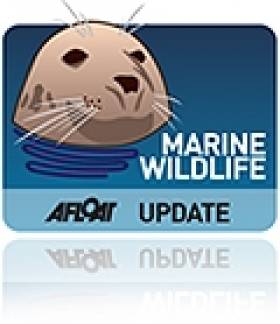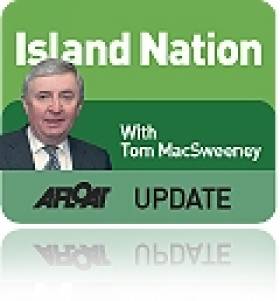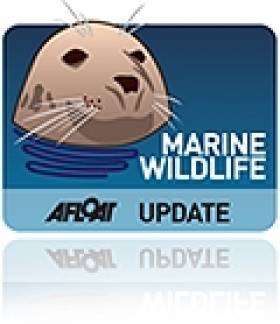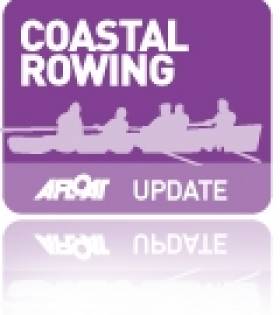Displaying items by tag: Kerry
Search Resumes For Fisherman Missing Off Kerry
#Search - The search and rescue effort resumed this morning (Thursday 17 December) for a fisherman missing from a Spanish trawler off the Kerry coast since yesterday afternoon, as RTÉ News reports.
The Shannon-based Irish Coast Guard helicopter Rescue 115 rejoined the search this morning, alongside the Naval Service vessel LE Aisling and Valentia RNLI's lifeboat, after standing down last night due to poor visibility and severe weather conditions.
According to The Irish Times, the 46-year-old Spaniard is thought to have fallen overboard from the 38m trawler Peixemar, which fishes out of Castletownbere and was some 64km off the Blaskets when the incident occurred.
The Irish Times has more on the story HERE.
Star Wars May Return To Kerry For More Filming In April
#StarWars - Star Wars may be returning to Kerry for more filming in the New Year – this time on the mainland.
According to RTÉ News, producers with Disney Lucasfilm have signed contracts with landowners at Ceann Sibéal on the Dingle Peninsula after surveying the area's "dramatic cliffs" during the recent filming on Skellig Michael.
It's understood that film crews will return to Kerry in April but not before an environmental impact assessment on the coastal site, an EU-designated Special Protection Area with important colonies of birds including the peregrine falcon.
The Skellig Michael shoot in September passed with "no adverse impact on seabirds" at the Unesco World Heritage Site despite 'minor' incidents that required repairs to the centuries-old stonework.
RTÉ News has more on the story HERE.
'Sea Sparkle' Brings Spectators In Droves To Kerry Coast
#MarineWildlife - Bioluminescent wildlife off Dingle and Ventry has attracted hundreds of onlookers in recent days to see the phenomenon known as 'sea sparkle'.
According to TheJournal.ie, the mesmerising clouds of tiny lights in the water are the result of Noctiluca scintillans, a bioluminescent type of phytoplankton that's currently massed in an algal bloom off the Kerry coast.
Once night falls, and provided conditions are as settled as they have been recently, their lights can be seen from the shore like a 'fire of the sea', as per their nickname.
It brings to mind the similar 'glow in the dark' marine creatures in the unique habitat of Lough Hyne, as previously reported on Afloat.ie.
Aerial Whale Survey off Kerry Coast, Seagrass at Courtmacsheery
It seems to me that, without dedicated volunteers, there would be a lot of work not done in the marine sphere, so I like when possible, to highlight what dedicated people are doing. Publicity can help them to raise funding they need by drawing public attention to what they ae doing and achieving support. So in the current edition of THIS ISLAND NATION, the Whale and Dolphin Group takes us on an aerial survey over the Kerry coast as they survey whales in Irish waters.

Minke Whale Pictured Off Seven Heads Photo by Oisin Macsweeney
Years ago we would never have thought that whales would be seen off Ireland, but it has happened and this Summer when sailing along the West Cork coastline off the Seven Heads two minke whales came within a few hundred yards of my Sigma 33, Scribbler II. My 11-year-old grandson, Oisin, was quickest to fetch a camera from the saloon and get a picture. The excitement of seeing whales so close was huge for him, his younger brother of 9 years, Rowan, even their experienced seafarer father, Cormac and myself. The sight of whales, which followed on dolphins playing around the boat for a while, was a reminder of how the sea has many aspects and that protecting it and its inhabitants is a responsibility on all of us. Later in the week’s cruise, for which we were blessed with one of the best weeks of the season, the sight of plastic debris floating along and sea grass despoiling the lovely village environs of Courtmacsherry, was another reminder – of how humans are damaging the marine environment.
Also in the programme this week we hear about the plans by Waterways Ireland for the years ahead and the valuable marine reserve asset which Bull Island in Dublin Bay is for the capital city. What is impressive about what is happening there, in my view, is the joint community and public authority efforts to protect it, about which Dublin Council tells us, outlining what combined, joint effort at this level through communities can achieve.
And I hope you’ll get a smile from the tale which Valentia Island native, Dick Robinson, tells us about going to school every day to the mainland, journeying across the bay on the island ferries and how there was learning, not only at school but also aboard and what it taught youngsters about the benefits, believe it or not, of storms hitting the island.
“We were invited into schools in the North Wall and while all the children had grandparents who were dockers, not one of them knew what a docker was, because all of that tradition is gone….”
Amidst the current controversy over where Dublin Port and Dun Laoghaire Harbour will dump what they intend to dredge up in their plans to provide deeper access channels for the larger cruise ships which they both covet and which business they are fighting for, that comment, made to me on the edge of Dublin Bay by a man dedicated to preserving the maritime traditions of the port, should give cause for thought about where all the commercial development has taken the communities which once bounded in Dublin Port and lived from the jobs it provided.
Alan Martin of the Dublin Dock Workers’ Preservation Society was speaking to me, as we sat on the edge of Dublin Bay, for the current edition of my maritime programme, THIS ISLAND NATION. We could hear the sound of seagulls wheeling in the sky, the rumble of noise emanating from the docks, ships passed in and out, as we talked and he had a reality check for me. He told me that 40,000 jobs have gone from the capital’s port since the time when dock labour sustained viable communities.
“Why do the people of Dublin seem to know so little about the place of the docks in the history of Liffeyside and how their role was once the heart-and-soul of Dublin Port, its shipping and its commerce?”
There are many voluntary organisations doing great work in the marine sphere, without whom much of the maritime culture, history and tradition would be lost. The Dublin Port and Dock Workers’ Preservation Society, set up to preserve the history of Dublin Port, is definitely one such. The interview Alan Martin gave me is revealing. They have encountered many obstacles in their self-imposed task.
He surprised me with his revelations about the extent of the maritime-associated jobs that have been lost and the port-side communities which have suffered in the drive towards modernity. He made strong points about how Dublin’s marine traditions can be preserved and turned into a modern, vibrant, beneficial culture for the benefit of the city.
This offers a bridge from the past to the future, effectively a conveyance of pride in past experience to benefit modern life. Other port communities could, with benefit, replicate the commitment of the Dublin Dock Workers’ Preservation Society.
It was an interview I enjoyed doing and I think you will enjoy listening to. I am fortunate to work as a marine journalist and to meet exceptional people in the ports and maritime communities. So it is good to report in this programme, a positive attitude amongst young people in coastal areas, many of whom are joining the lifeboat service. Also featured in this edition of the programme is the delight of a coastal town when it gets a new lifeboat, as I found in Youghal in East Cork.
And there is always something interesting and unusual about the sea to report, such as the 467 million years old sea scorpion found in a river in Iowa in the USA.
Listen to the programme by clicking at the top of the page
Coastal Community Cut Off By Cliff Collapse
#CoastalNotes - Heavy rains last week caused the latest in a series of landslides that has cut off a coastal village in Co Kerry, as TheJournal.ie reports.
Only pedestrian access is currently permitted on the Cliff Road to Rossbeigh after a partial collapse of the roadside into the sea on Thursday (17 September).
But the cliff fall is no surprise to locals who have complained for the last two years over increasing erosion caused by various heavy rains and severe storms.
TheJournal.ie has more on the story HERE.
Stranded Dolphins Saved By Kerry Locals
#MarineWildlife - Common dolphins stranded in a Kerry river last weekend were saved by the quick actions of local people, as The Kerryman reports.
Trapped by the fast receding tide at the mouth of the Cloghane Estuary on the Dingle Peninsula last Saturday (20 June), the group of dolphins were fortunate they didn't have to wait long for the community to spring into action.
Following a report from local woman Shelia Mulcahy, Louise Overy of Dingle Oceanworld and her sister Tabitha co-ordinated efforts that involved area fishermen and landlubbers alike, keeping the dolphins wet till enough people arrived to help move the protected marine wildlife back into deeper waters.
The Kerryman has more on the story HERE.
A Question Asked in a Kerry Boatyard
#islandnation – "Now, why would you say that Tom?"
And when Fionán Murphy rightly challenged me about my question, I did ask myself why I had just said:
"It's unusual, isn't it, for a boat for Norway to be built in Kerry?"
"I don't know why you would say Kerry, Tom," Fionán said back to me. "Ireland maybe, but why would you say 'Kerry'? The guy involved found us, came over to us and we have a fantastic relationship with him. He has been here for two months and he will be here with us until the boat is finished. It is a great place to do business because the Norwegian currency is very strong. To do anything in Norway costs a fortune, so they are getting great value for money here and we are still getting a good price for our product. It is a great place to do business and if we can do more business there, it will be fantastic."
It was a bright exchange which I enjoyed, because it is good for an interviewer to be challenged. I was trained in radio broadcasting in the days when the interviewee was the most important person, not the interviewer. Too much of radio now centres on the personality of the programme presenter, not the interviewee. I still believe that the interviewee is the most important part of an interview, so Fionán and myself chuckled at my gaffe and as Managing Director and the man who owns Murphy Marine Services on the Shore Road in Valentia Island and so an islander, he made a strong point about Kerry and the importance of our offshore islands. I was talking with him and other members of the island community who were making the point that the Government does not show enough commitment to Ireland's offshore islands. I interviewed Fionán about the future of the island and how his boatyard, which builds, maintains and stores boats, is going.
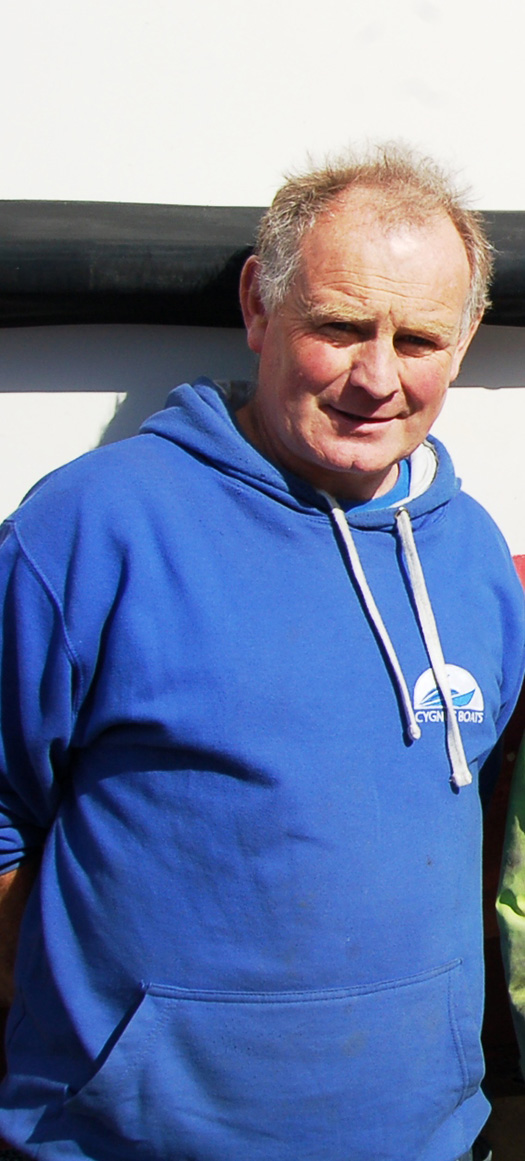
Fionán Murphy of Murphy Marine Services, Valentia Island
"Our predominant thing is new builds. If we get four-to-five of those a year we would be very happy. This keeps jobs on the island and that is what we need."
Fionán is also Chairman of the island's Development Company:
"Rural Ireland is in decline and we are doing what we can, but the island needs people and people need jobs to stay here. Islands need special recognition from the Government."
Fionán tells me in the interview, which you can hear here, how he started the yard fourteen years ago and how it has developed to its present stage of building boats which are sold all over Europe and how he overcame the economic, recessionary downturn.
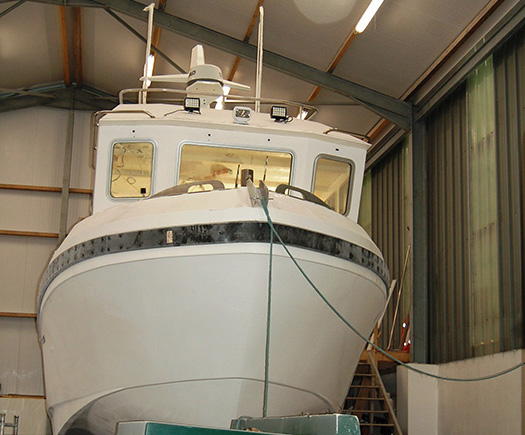
A new fishing vessel built in Valentia and bound for Norway
You can hear him on this current edition of THIS ISLAND NATION, Ireland's niche maritime programme, now broadcast on seven radio stations around the country and on this website. Also on the programme, the value of maritime safety training is emphasised by the interim Chief Executive of Bord Iascaigh Mhara, Michael Keatinge, who outlines how three fishermen's lives were saved when their boat capsized off the East Coast, because they had done the BIM safety course.
There's a lot more to be heard on THIS ISLAND NATION and you can Email me direct about the programme to: [email protected] or leave a comment below.
First Wild Salmon Of 2015 Landed In Killarney
#Angling - Ireland's first wild salmon of 2015 has been caught in Killarney, as The Irish Times reports.
Local man Jerry Looney landed the 10-pounder a little over half an hour into the opening of the Long Range stretch in the Killarney Lakes.
Even more remarkable is that the 80-year-old's catch is the first salmon to be reeled in since 2009 in the Kerry area.
And it was followed not long after by a 17lb 10oz specimen landed by gillie Brod Sullivan at Lough Currane.
Irish Times angling correspondent Derek Evans has more HERE.
Dolphin Visitor Spotted Off Kerry Near Fungie's Waters
#MarineWildlife - Clet the dolphin, previously spotted in West Cork after migrating across the Celtic Sea from France, has moved to the waters off Kerry in close proximity to Dingle's friendly resident Fungie.
As previously covered on Afloat.ie, the Irish Whale and Dolphin Group (IWDG) warned curious humans not to get too close to the bottlenose traveller after reports of aggression against swimmers.
But according to Sunday Independent, Fungie himself should have nothing to fear from Clet's visit should the two come into contact, as fighting among dolphins is only likely if competing for a mate.
"Fungie could be 40 to 50 years old at this stage and is unlikely to be interested in mating," said the IWDG's Padraig Whooley.
That's one of the only things experts do know about Fungie, who continues to baffle marine scientists with his general behaviour that's so atypical of his species. Independent.ie has more on the story HERE.
In other cetacean news, the IWDG reports "huge success" in its just-completed expedition to Cape Verde to survey the region's whale activity, recording humpbacks breaching for the first time off Ilhéu Branco in the West African archipelago.
#coastalrowing – The Coastal Rowing Clubs of Kerry played host to this year's All Ireland Coastal Rowing Championships which took place on Lough Currane, Waterville, Co Kerry, at the weekend from Friday, 15th to Sunday 17th August 2014 writes Valerie O'Sullivan.
More than 2700 rowers competed, in the picturesque village of Waterville, which lies on the Iveragh Peninsula, 530 crews raced for medals and trophies in the most coveted of Rowing Championships. Crews from Donegal, Antrim, Belfast, Dublin, Wicklow, Wexford, Cork, and Kerry competed at the weekend.The type of boat used in the Coastal Rowing Championships is called a 'One Design' - fibre glass boat, fixed seat, a crew of four and cox.
Though the sun was shining, the breezes were stiff, just like the competition, the course was flawless, designed by Nick Norris, Schull, Co Cork, a great friend of Waterville Rowing Club, overseeing all the course was Kerry Coastal Chairman, Pat Cuffe and volunteer Andrew Wharton, who were seen, cutting branches, fixing engines, making tea, cleaning up the rubbish! Waterville Rowing Club's Noel Clifford and team were on hand for every element of the rowing weekend.
Speaking after the event, PRO Mary B Teahan, commented "What we witnessed in Waterville was a wonderful weekend of rowing, the atmosphere was amazing, the fun and comradarie incredible. Medals were hard to come by, every crew gave it there all. We've been working on the event for a year, and all the hard work definitely paid off, Waterville was the perfect location, every community in South and Mid Kerry were completely behind the event. The Organisation was enormous, and thankfully it ran very smoothly"

All Ireland coastal rowing racing at Waterville. Photo: Valerie O'Sullivan. Scroll down for a gallery of photos
As Afloat reported previously, taking the honours for the Senior Men's Race was Killorglin Rowing Club, the crew took an early lead and just couldn't be taken, Cork Rivals Courtmacsherry and Kilmacsimon RC finishing 2nd and 3rd in what is always the biggest race of the day.
Not to be outdone the Senior Ladies was won by Killorglin Rowing Club, 2nd another great Kerry Club, Sneem RC and in 3rd place was Arklow RC.
Results of the All Ireland Coastal Rowing Championships 2014
Senior Men's Race: Winners: Killorglin Rowing Club A
2nd Courtmacsherry Rowing Club
3rd Kilmacsimon Rowing Club
Junior Men's Race: Winners: Ring Rowing Club
2nd Passage West Rowing Club
3rd Kilmacsimon Rowing Club
Intermediate Men's Race Winners: Cahirciveen Rowing Club
2nd Whitegate Rowing Club
3rd Portmagee Rowing Club
Senior Ladies Race Winners: Killorglin Rowing Club
2nd Sneem Rowing Club
3rd Arklow Rowing Club
Junior Ladies Race Winners: Galley Flash Rowing Club
2nd Arklow Rowing Club
3rd Courtmacsherry Rowing Club
Intermediate Ladies Race Winners: Passage West Rowing Club
2nd Whitegate Rowing Club
3rd East Ferry Rowing Club
Mixed Veteran Crew Winners: Portmagee Rowing Club
2nd Myross Rowing Club
3rd Templenoe B Rowing Club
Under 14 Girls Crew Winners : Whitegate Rowing Club A
2nd Ring Rowing Club
joint 2nd Templenoe Rowng Club
Under 16's Boys Winners: Killorglin Rowing Club
2nd Kilmacsimon Rowing Club
3rd Sive Rowing Club
Under 18 Ladies Winners; Sneem Rowing Club
2nd Fossa Rowing Club
3rd Valentia Rowing Club
Pre-Vet Men Winners: Killorglin B Rowing Club
2nd Courtmacsherry Rowing Club
3rd Whitegate Rowing Club
U 12's Winners: Galley Flash Rowing Club
2nd Passage West Rowing Club
3rd Myross Rowing Club
U18's Winners: Passage West Rowing Club
2nd Killorglin Rowing Club
3rd Galley Flash Rowing Club
U18's Ladies Winners: Sneem Rowing Club
2nd Fossa Rowing Club
3rd Valentia Rowing Club
U16 Girls Winners: Kilmacsimon Rowing Club
2nd Myross Rowing Club
3rd Caherdaniel Rowing Club
U16's Winners: Killorglin Rowing Club
2nd Kilmacsimon Rowing Club
3rd Sive Rowing Club
Under 14 Winners: Cairndhu Rowing Club
2nd Courtmacsherry Rowing Club
3rd Killorglin Rowing Club
Under 21 Ladies Winners: Killorglin Rowing Club
2nd Ring Rowing Club
3rd Fossa Rowing Club
Under 21 Winners: Whitegate Rowing Club
2nd Templenoe Rowing Club
3rd Galley Flash Rowing Club
U12 Girls Winners: Portmagee Rowing Club
2nd Passage West Rowing Club
3rd Sive Rowing Club
Master Ladies Winners: Kilmacsimon Rowing Club
Masters Men Winners: Templenoe Rowing Club
Veteran Men Winners: Portmagee Rowing Club
Veteran Ladies Winners: Whitegate Rowing Club
Senior Mixed Winners: Killorglin Rowing Club
Pre Veteran Mixed Winners: Callinafercy Rowing Club
Pre Veteran Ladies Winners: Arklow Rowing Club
Pre Veteran Men WInners: Killorglin B Rowing Club
Mixed Veterans Winners: Portmagee Rowing Club
FISA Singles Ladies Winner Melanie Hunt Kilmacsimon
FISA Single Mens Winner Cormac Kelly Arklow
Seine Boat Winners: Valentia Island (A) Dermot Walsh
Open Classic Ladies Winners: Myross Rowing Club
Open Classic Men Winners: Myross Rowing Club
Cork Yawl Ladies Winners: Whitegate Rowing Club
Cork Yawl Men Winners: Whitegate Rowing Club
Heritage Race Ladies Winners: Sneem Rowing Club
Heritage Race Men Winners: St Patrick's (A)




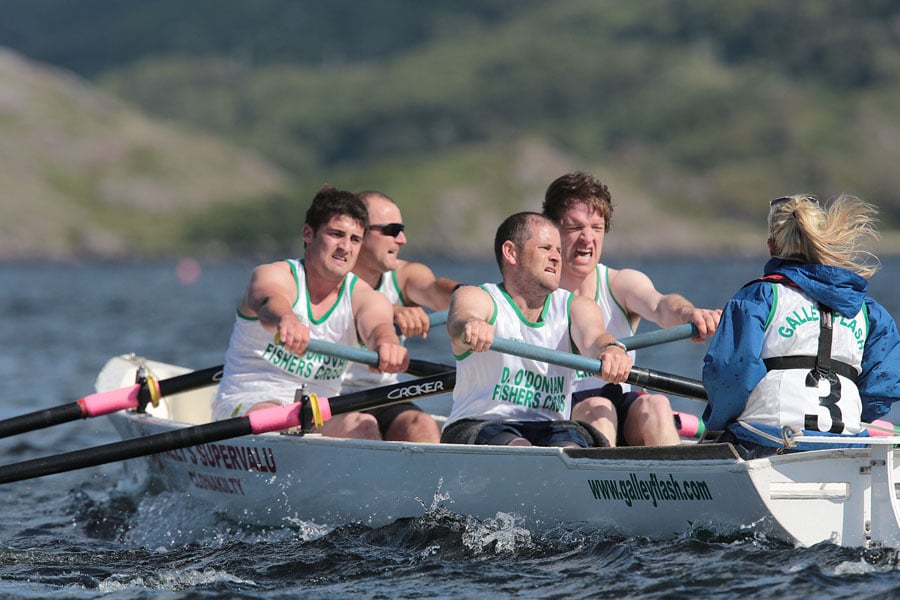



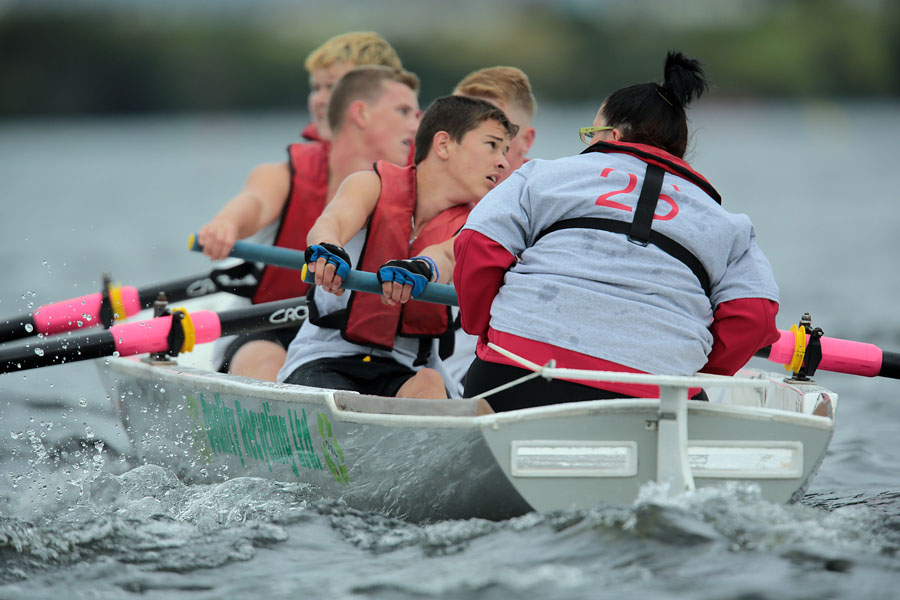

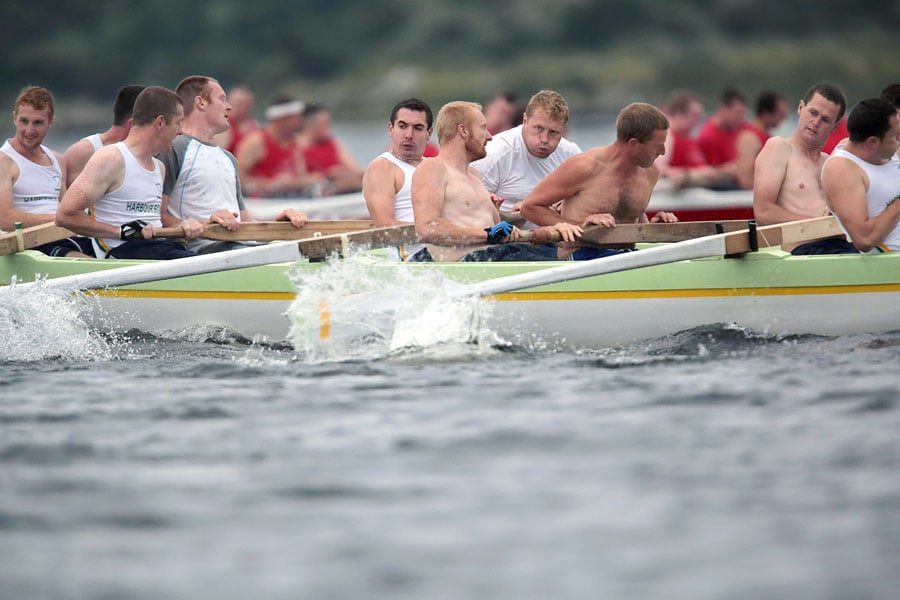
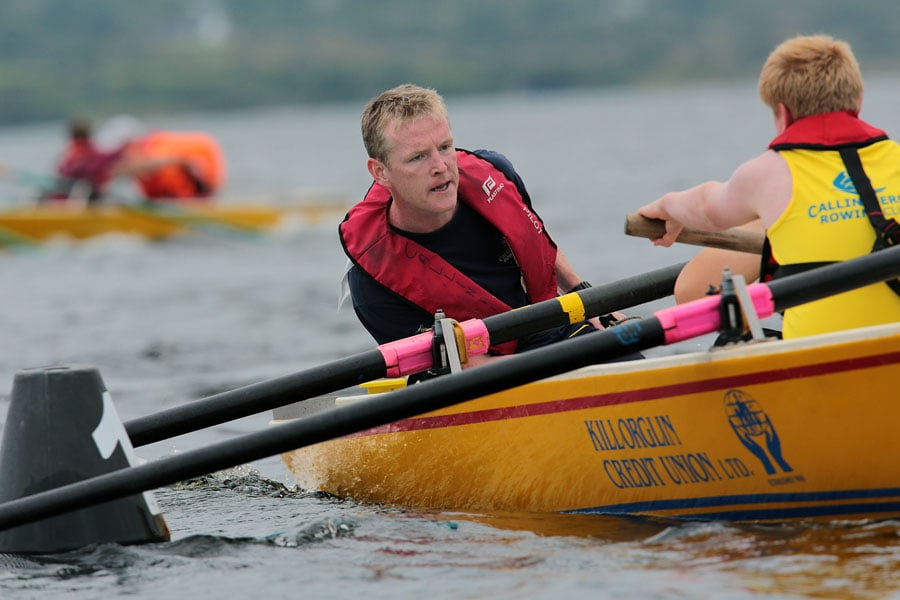
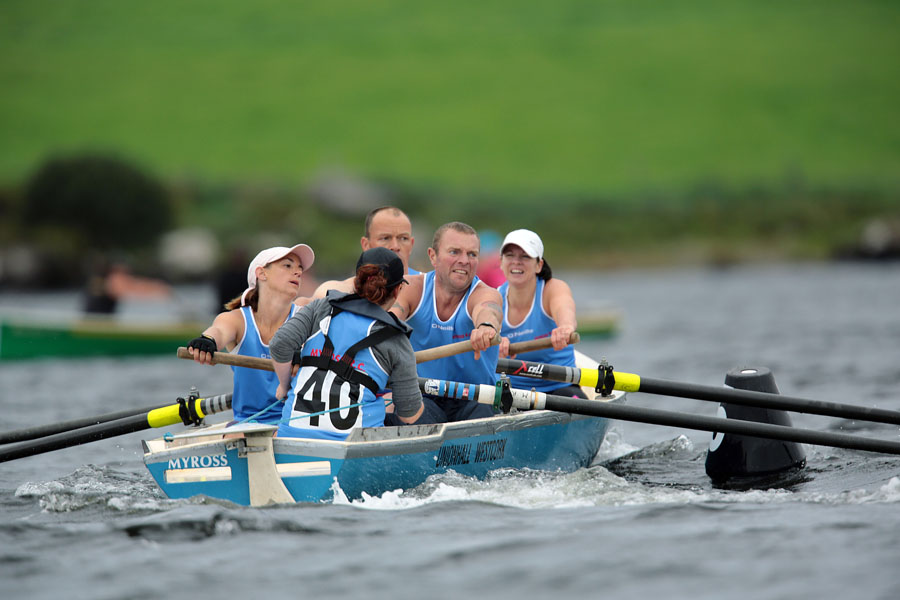

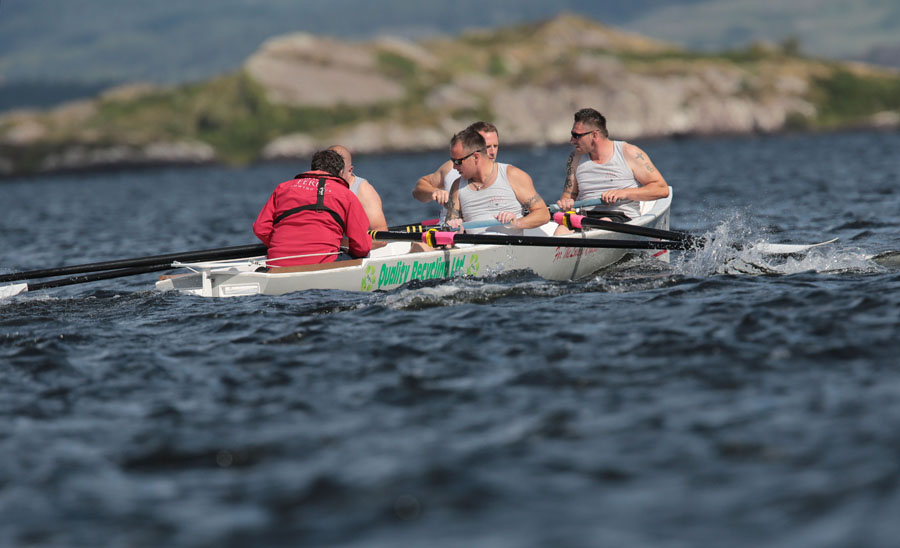
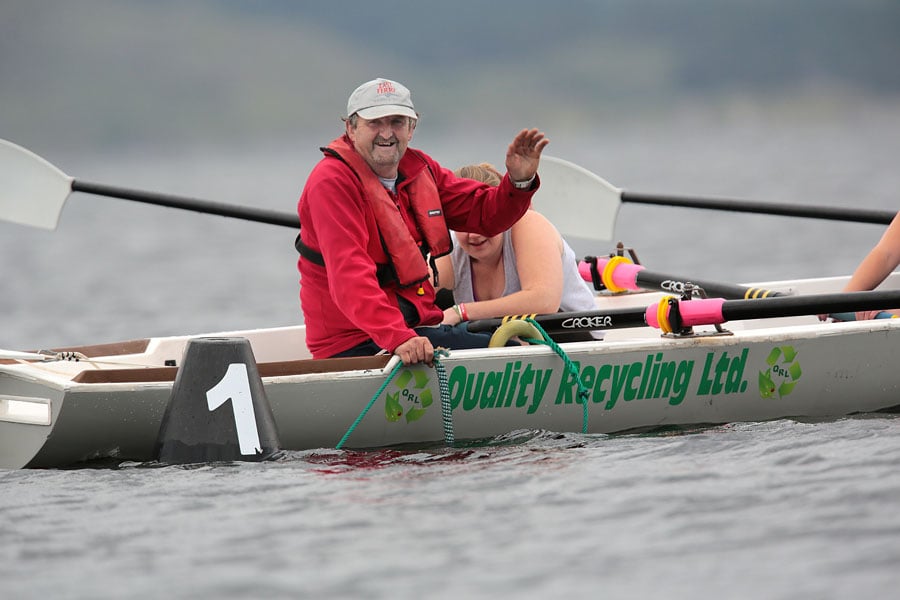
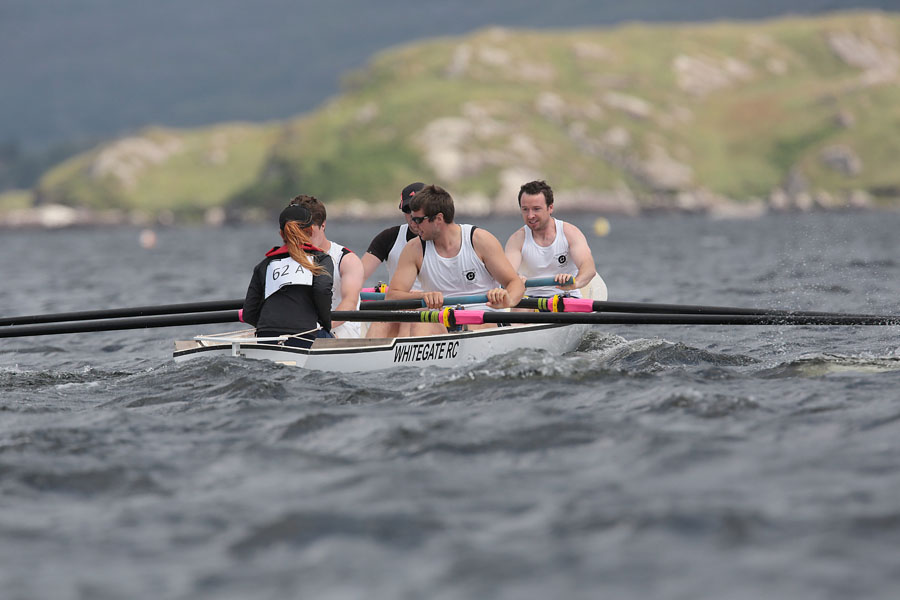
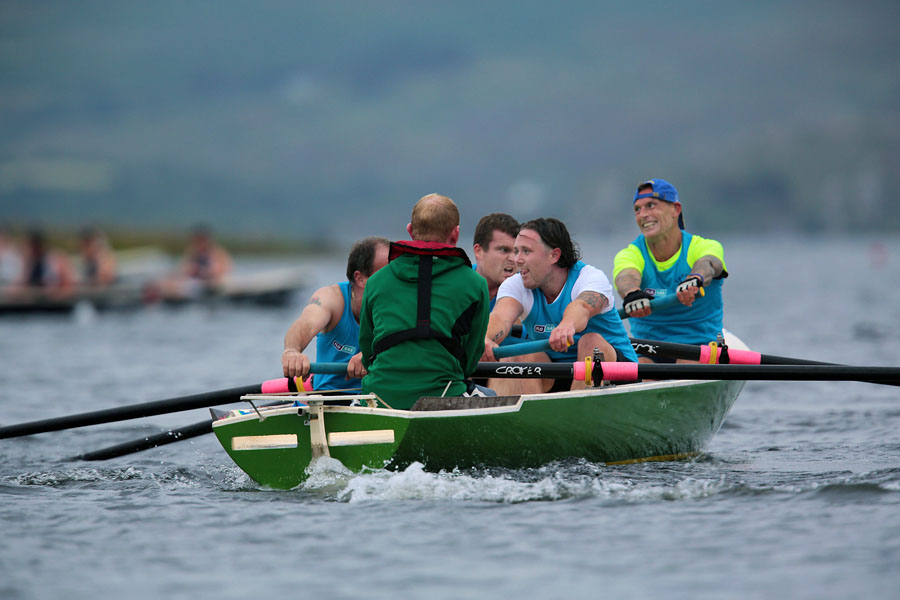

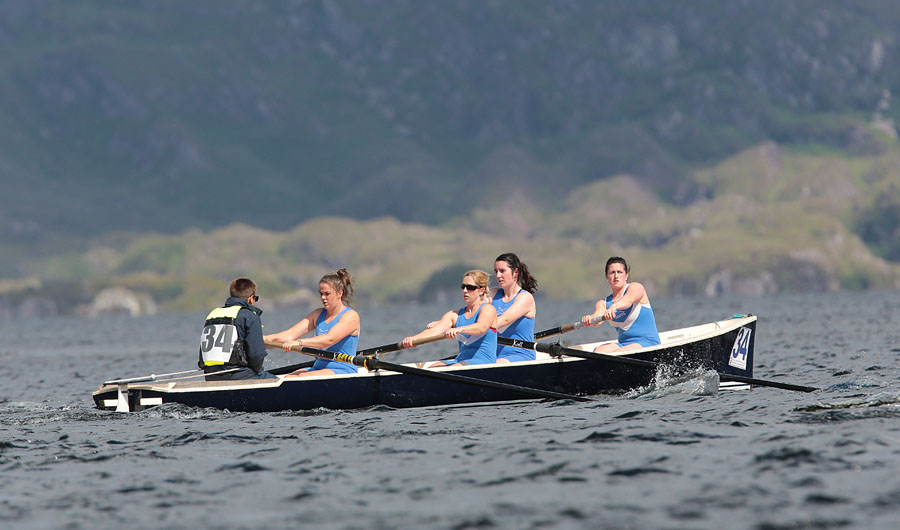
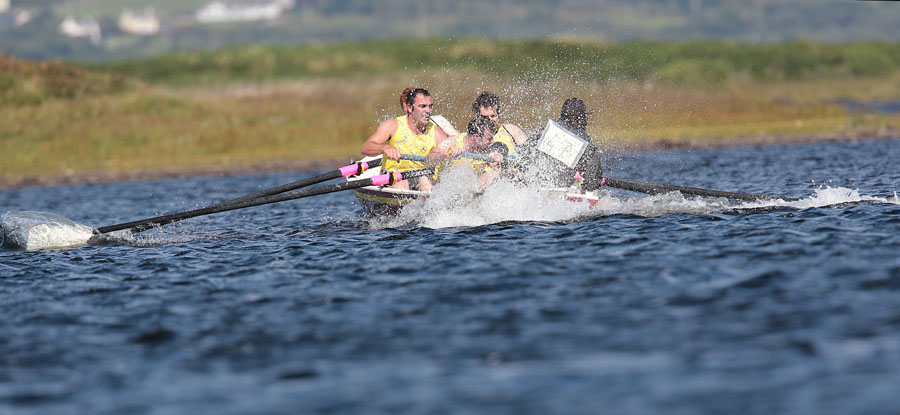
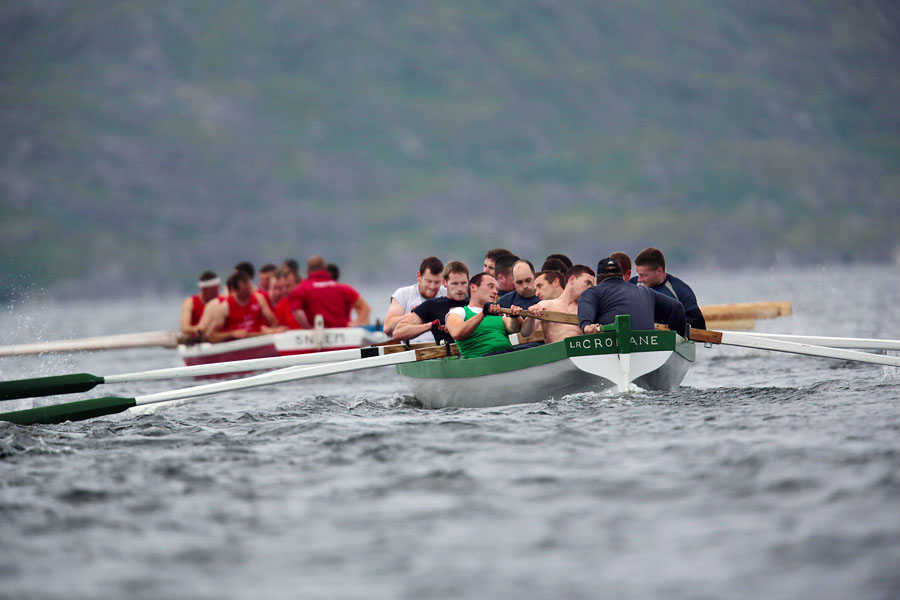
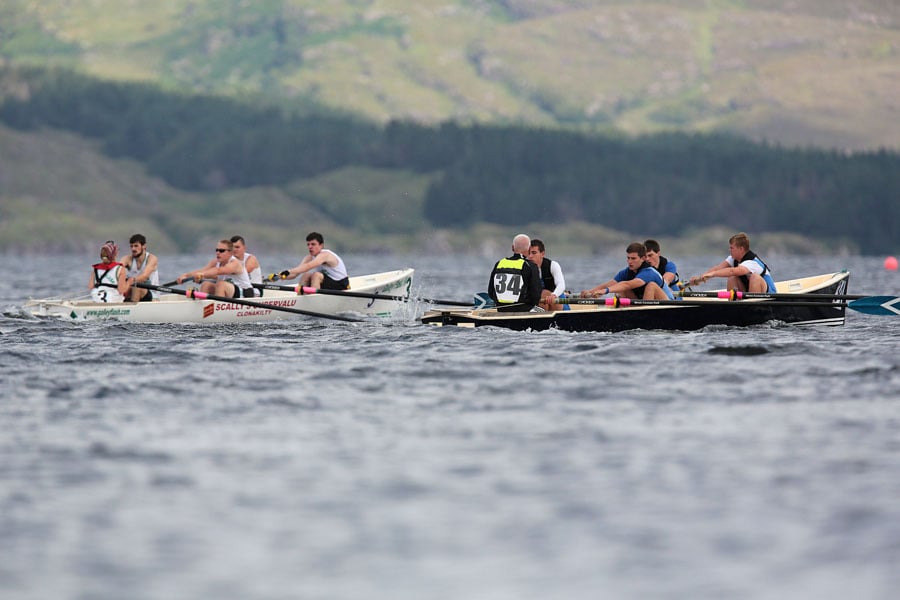
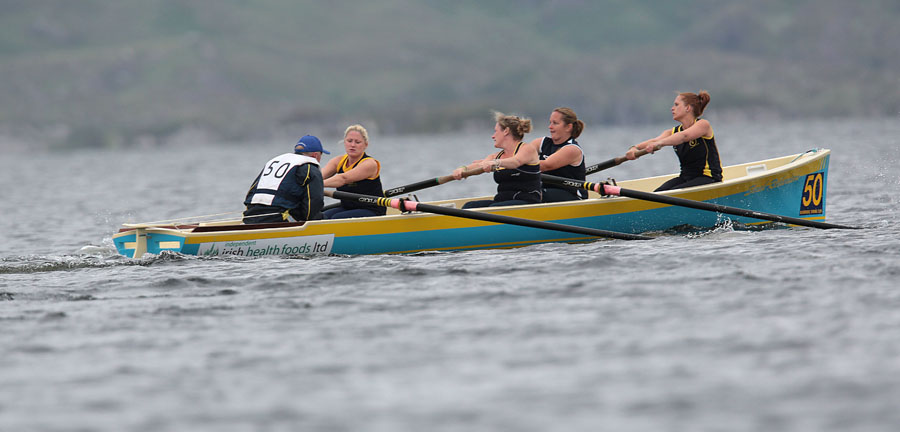
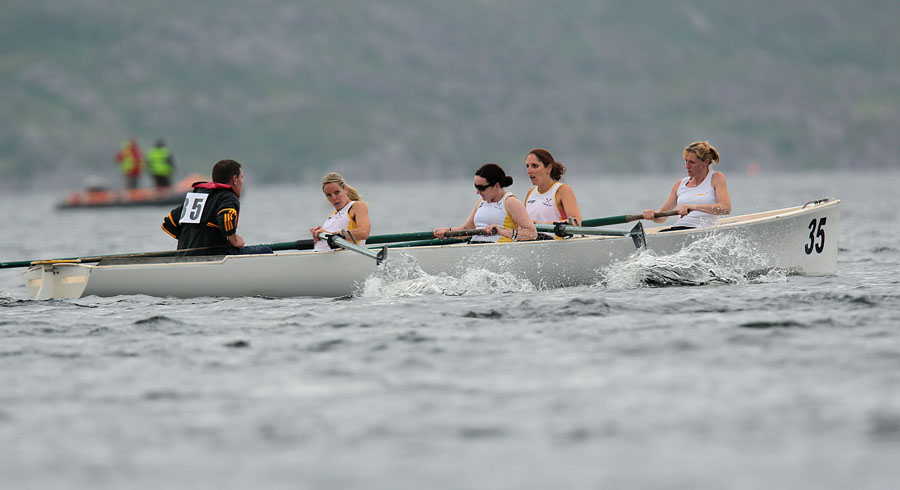
All photos by Valerie O'Sullivan



























